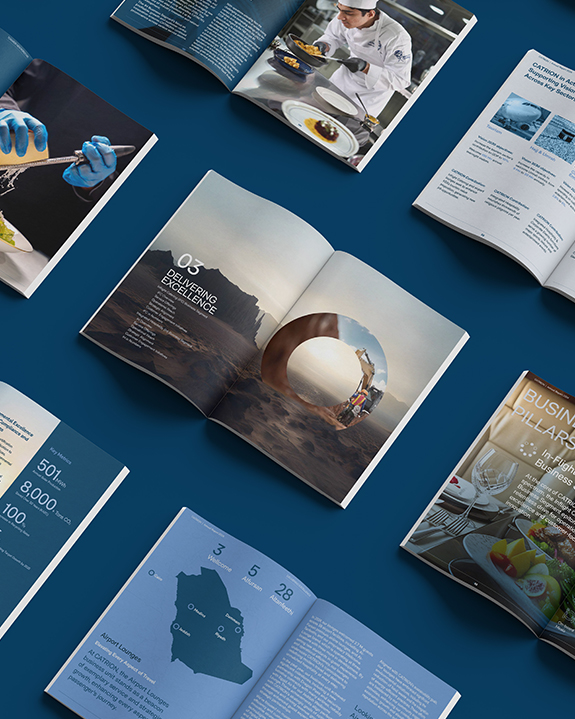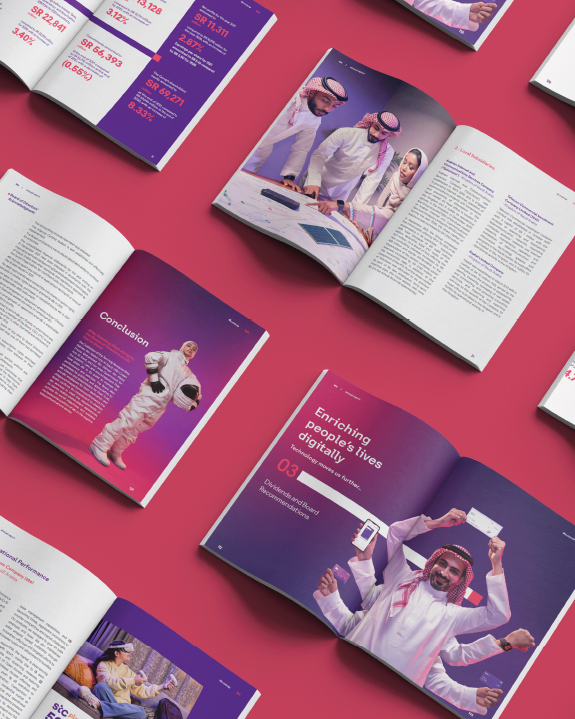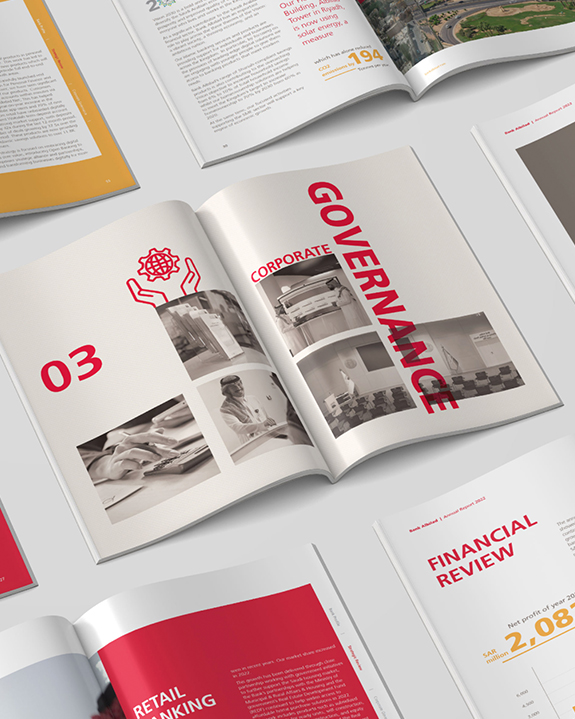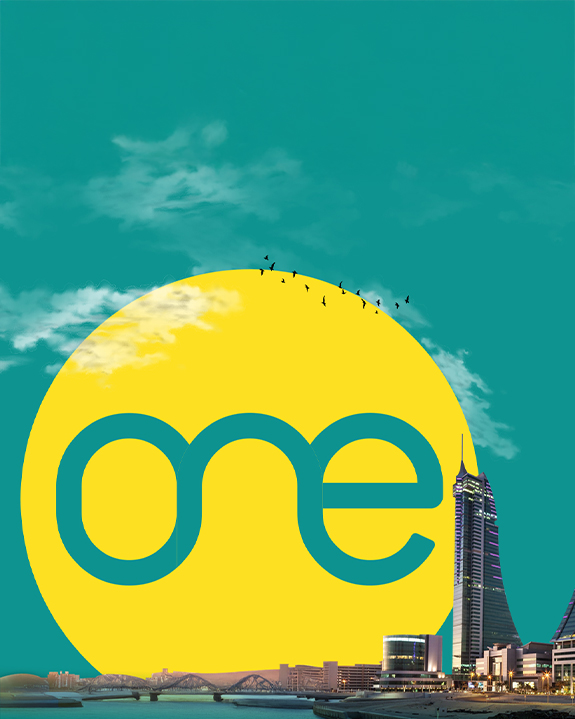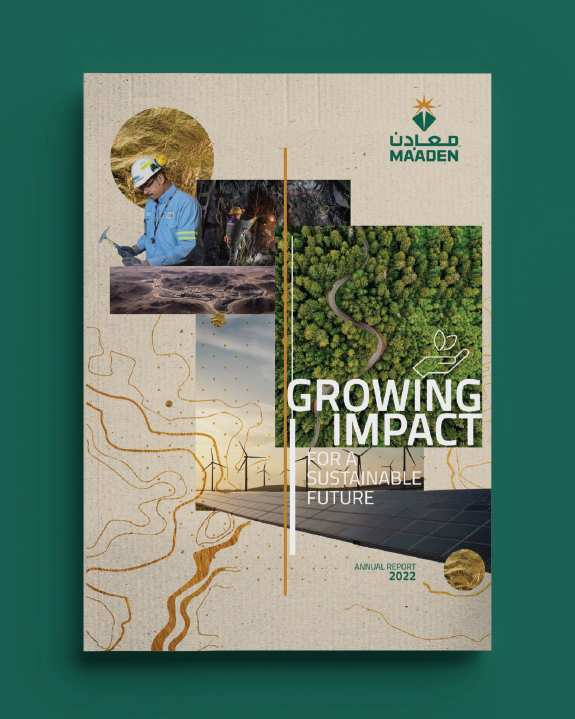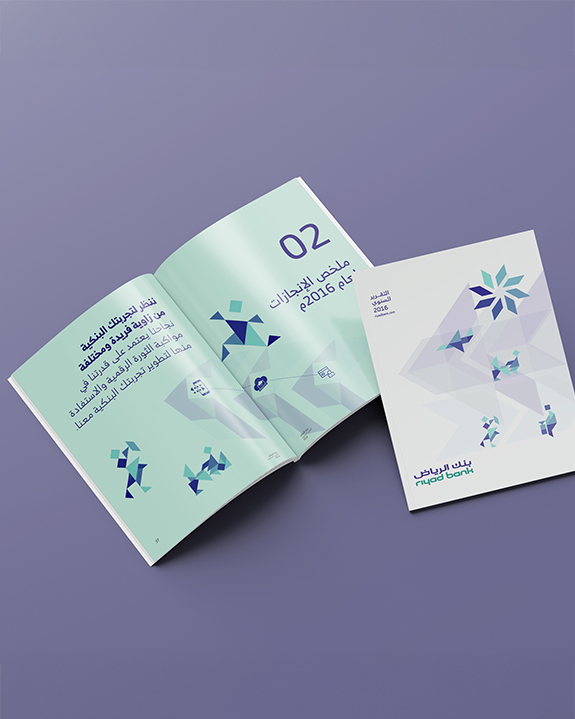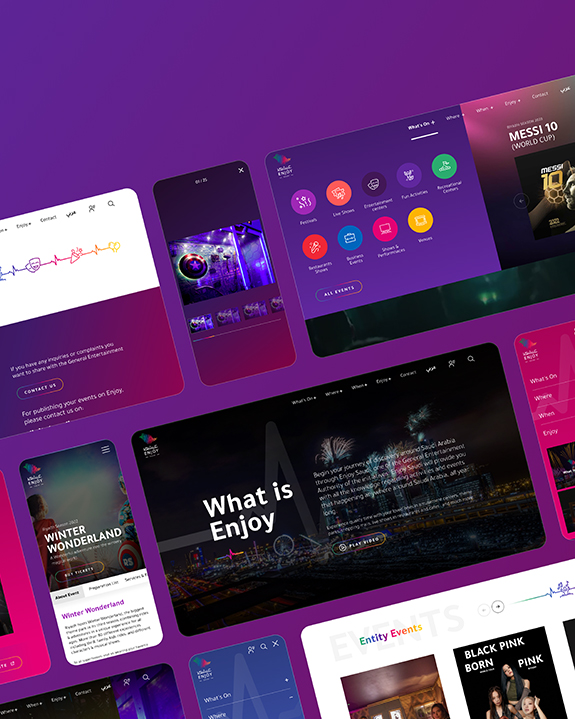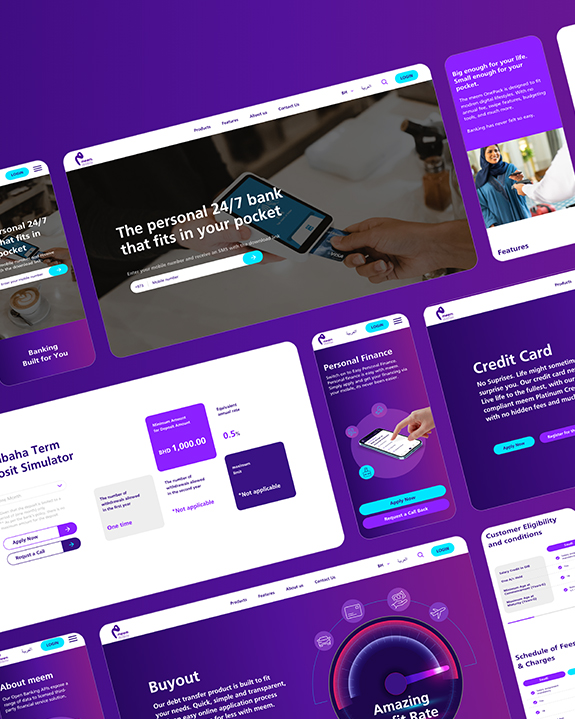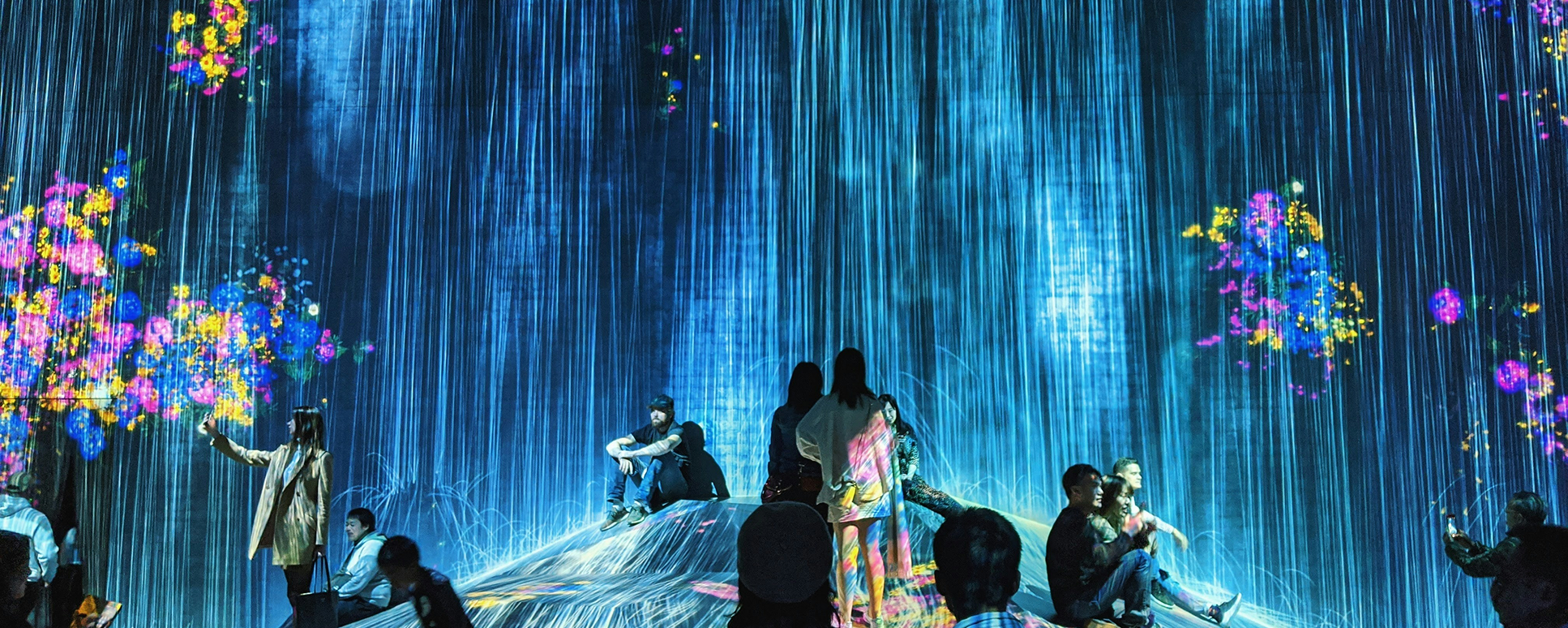How to Build a Narrative Design System
To embed narrative design into transformation, brands need more than guidelines. They need a system. One that’s strategic, scalable, and emotionally intelligent.
Here’s how to start:
1. Define Your Narrative Pillars
These are the truths your brand stands on. They should be:
Emotionally resonant
Regionally attuned
Simple enough to guide every caption, interface, and interaction
Example:
We simplify complexity.
We speak with care.
We build belief, not just systems.
These pillars become your editorial compass. Every message should reflect at least one.
2. Audit Your Experience
Look beyond functionality. Ask:
Does our tone feel human?
Are we consistent across languages?
Do our messages invite or instruct?
Use editorial QA tools to test rhythm, clarity, and emotional impact, especially in Arabic. Don’t just check for grammar. Check for grace.
Short, conversational sentences
Regionally relevant metaphors
Emotional clarity over literal accuracy
Every Arabic caption should feel like it was born in the region, not borrowed from English.
And every English message should be crafted with the same care, not just for global clarity, but for regional resonance.
4. Train Your Teams
Narrative design is for designers, developers, strategists, not just writers. Everyone shapes the story.
Build rituals:
Caption critique sessions
Tone calibration workshops
Bilingual rhythm reviews
Mentorship matters. So does iteration. Encourage teams to challenge phrasing, elevate rhythm, and push for originality.
Track connection.
Use qualitative feedback, sentiment analysis, and user interviews to ask:
Do people feel something?
Do they trust us more?
Do they believe in what we’re building?
Belief is the new KPI. It is built through consistency. Every caption, every interface, every interaction must reinforce the same emotional truth.
Real-World Impact: When Narrative Leads
Let’s say a government portal in Bahrain redesigns its interface. The UX is clean. The functionality is seamless. But the tone is cold. The Arabic feels translated. The CTAs are robotic.
Now imagine the same portal with narrative design:
Every message reflects care and clarity.
Arabic reads like it was written for the user, not the system.
The onboarding flow tells a story of empowerment, not obligation.
Suddenly, it’s a promise. One that builds trust, not just in the platform, but in the institution behind it.
The Feedback Loop: Design, Refine, Repeat
Narrative design evolves. Listens. Learns.
Spark’s editorial culture thrives on critique, not correction. Every caption is an opportunity to elevate. Every translation is a chance to connect.
The loop looks like this:
Draft with purpose.
Refine for resonance.
Test for belief.
Repeat.
Progression drives purpose. And it is what transformation is all about.
From Transformation to Transcendence
Across the Gulf, where culture and connection shape every interaction, brands are expected to move with purpose.
Systems may evolve, but trust comes from the story behind the experience, the one that speaks with care, reflects regional nuance, and invites people in.
Narrative design brings that story to life. It gives meaning to every message, rhythm to every interface, and warmth to every interaction.
When storytelling guides the experience, perception shifts, and belief begins to grow.












